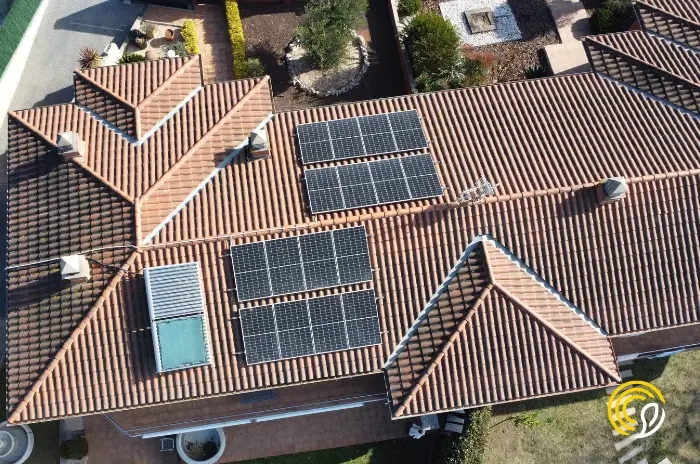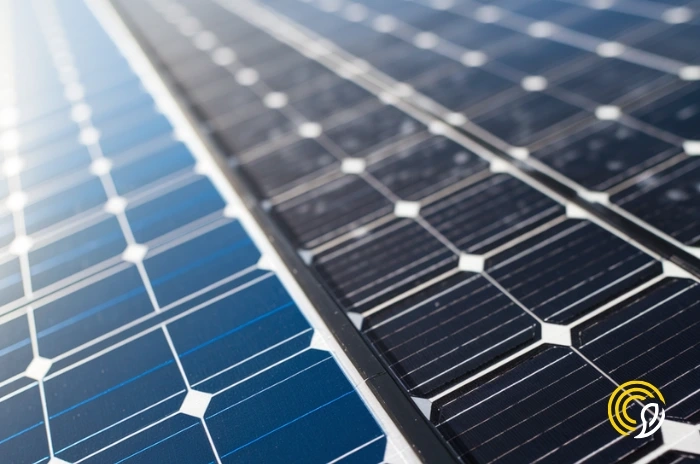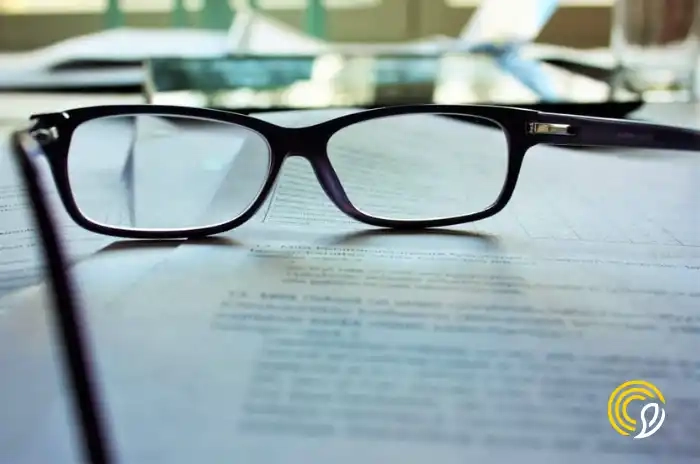
Solar energy is more profitable than real estate

Claudia Pardo, Content Specialist at Sunhero and a firm believer that solar energy can transform the world.
02/04/2024
2 min read
Table of Contents
Are you looking for an investment that combines sustainability with a good long-term return? Solar energy is positioning itself as one of the most profitable investment options today.
Unlike real estate investment, which can be affected by local market volatility, changes in zoning laws, and fluctuations in rental or purchase demand, solar energy offers a more stable and predictable source of income.
For this reason, investing in solar energy represents an excellent opportunity to secure a solid financial return, due to its low risk profile and ability to offer predictable returns.
The attractive return on investment (ROI), combined with the potential to increase property value, positions solar energy as a strategic investment, ideal for those seeking long-term sustained returns.
Moreover, as PV industry technology advances and costs decrease, the ROI of solar becomes even more attractive.
What is ROI?
ROI, which stands for “return on investment”, is a metric used to measure the profitability of an investment, usually expressed as a percentage.
In the context of solar energy, ROI is calculated by considering the initial cost of the installation (including panels, inverters, labour, etc.) and the savings generated over time in terms of reduced electricity bills and other financial incentives, such as tax benefits and subsidies.
How to calculate the profitability of solar panels?
Calculating the profitability of solar panels for your home involves analysing both the initial cost of the investment and the economic return that accumulates over time, through ROI.
If you want to check the ROI of your solar panels, follow these steps:
Calculate the cost of installation: Add up all the costs associated with the installation of your PV system, including associated costs such as permits and fees.
Calculate the annual benefits: Determine how much you are saving on your electricity bill each year thanks to your system. Also, consider any additional income you may generate, for example, through the sale of surplus energy to the grid, if your system and local legislation allow this.
Include incentives and subsidies: Add any financial incentives such as rebates and subsidies for solar energy that you have received to the calculation.
With this information, you can calculate the ROI using the following formula:
ROI = ((Annual Profit x years of analysis) + Incentive Value – Total Investment Cost) / Total Investment Cost x 100
This calculation will provide you with the ROI as a percentage, which represents the return on your solar investment relative to the initial cost.
A positive ROI indicates that the benefits generated by your solar system have exceeded its initial cost, reflecting a profitable investment.
Real-life examples of the cost-effectiveness of solar panels
Understanding and calculating the return on investment (ROI) of solar panels can seem complex. That’s why, in this video, we give you some real-world examples of the profitability of our customers’ systems.
Use our solar calculator to understand how much you could be saving and the approximate cost of your installation.
Start today!
Fill out our free solar calculator and get a custom quotation































